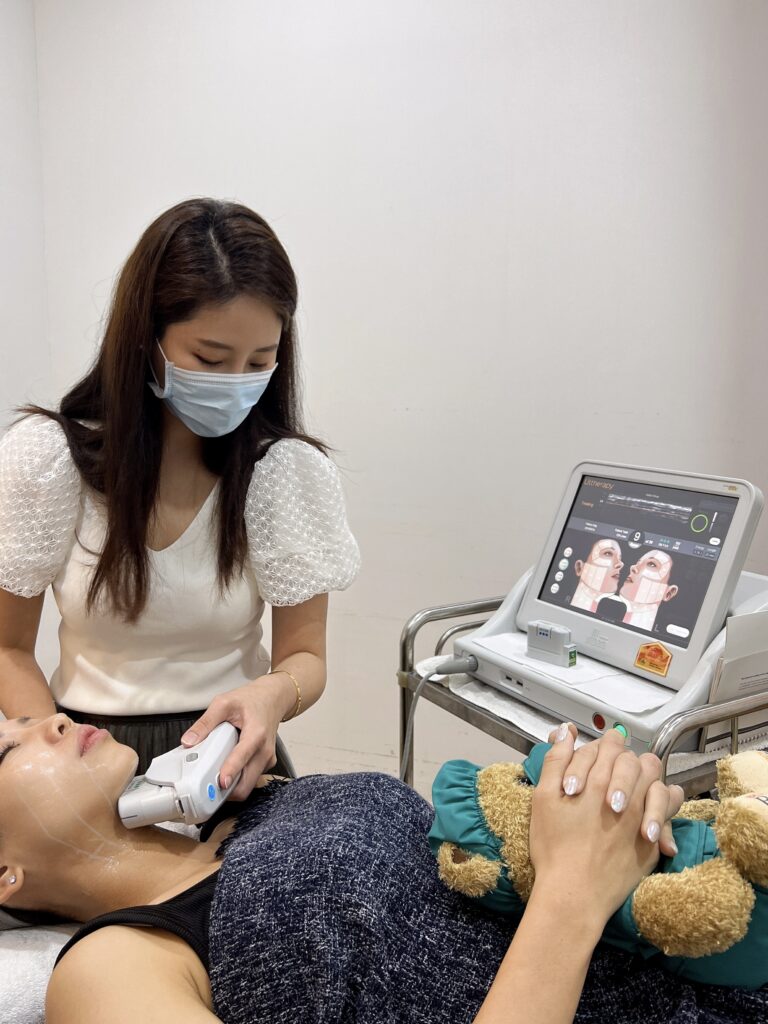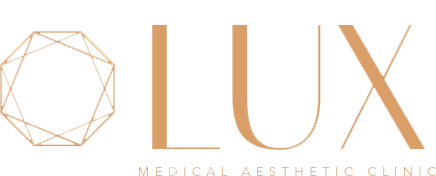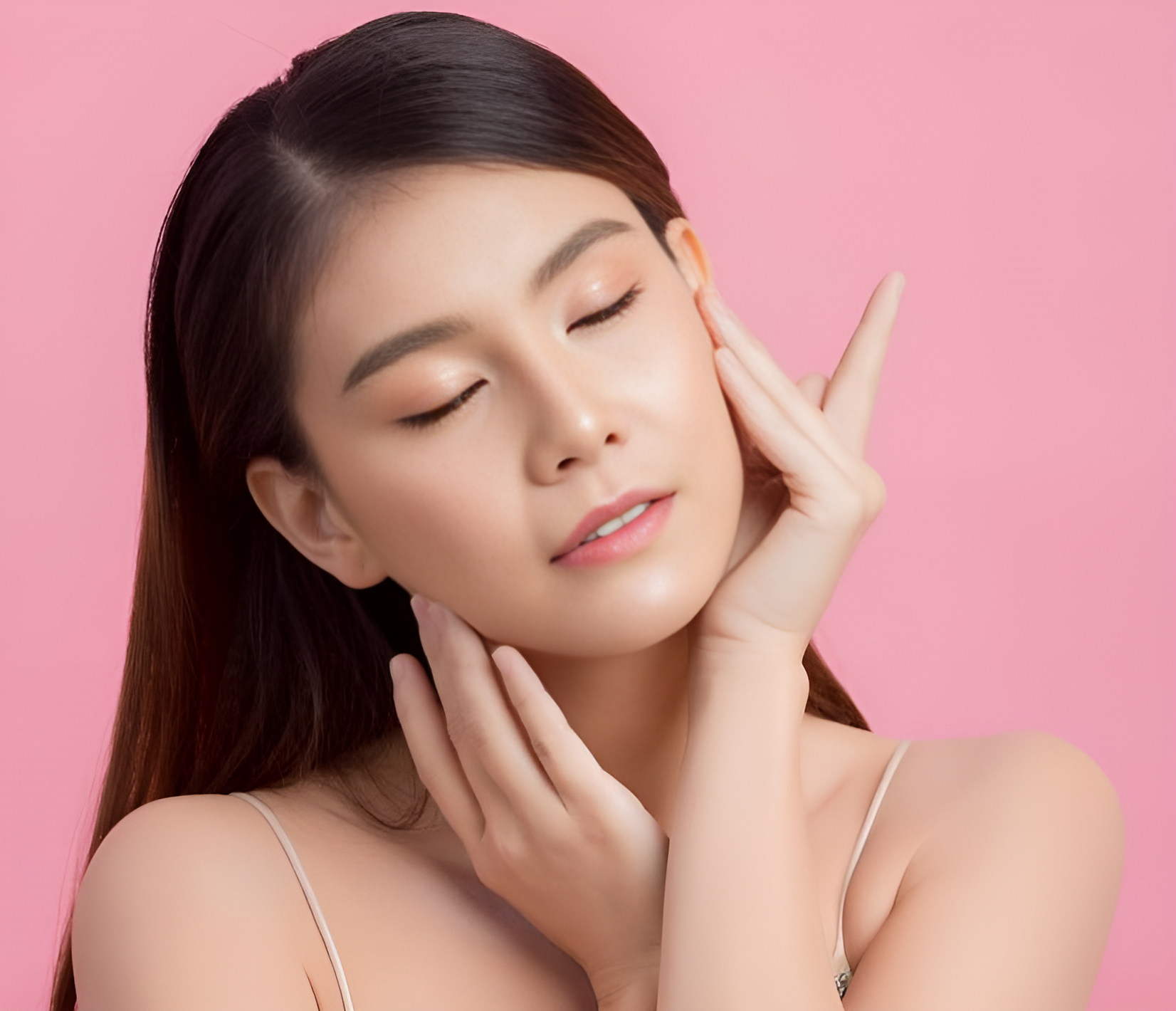Ultherapy is a non-invasive cosmetic procedure that may help tighten skin and address loose or sagging areas without requiring surgery. Common concerns of individuals considering Ultherapy from other treatments are, “Is Ultherapy a painful treatment?” or “How painful is Ultherapy?”
This guide outlines the five factors that may influence the level of discomfort experienced during an Ultherapy session. Understanding these factors will help you decide whether this treatment might be the right option for achieving more youthful skin.
Understanding Ultherapy Pain Levels
Ultherapy is often reported to cause minimal pain, allowing most individuals to resume their daily activities shortly after treatment. However, the level of discomfort varies depending on the individual’s pain tolerance and the specific area being treated. Some people experience sensations ranging from warmth or tingling to temporary redness or flushing.
Any discomfort is typically manageable and short-lived, with symptoms usually subsiding once the procedure is completed. A very slight aching sensation may be experienced after the treatment. This typically resolves within a few days but can last up to 2 weeks in some individuals
What are the Factors Affecting Pain Levels?
Treatment Area
Pain levels can vary depending on the treatment area. The sensation might be more noticeable in more sensitive and thinner areas, such as around bony areas like the jawline or forehead,, and the procedure may feel more uncomfortable. Areas with thicker skin, like the cheeks may result in less pronounced discomfort.
Numbing Cream Application

Topical numbing creams can help alleviate discomfort during the Ultherapy procedure. These creams typically take about an hour to take effect and are removed just before the procedure begins to ensure they do not interfere with the delivery of ultrasound energy.
Individual Pain Tolerance
Pain perception varies depending on an individual’s pain tolerance. Those with a lower tolerance for pain may find the procedure more uncomfortable, while those with a higher pain threshold may experience only mild discomfort.
Skin Sensitivity
Skin sensitivity can influence the experience of the procedure. Individuals with pre-existing skin conditions or naturally sensitive skin may experience increased discomfort. Additionally, recent sun exposure may make the skin more sensitive and reactive, leading to a more intense sensation during the treatment.
Session Length and Device Settings
The length of the treatment session and the settings on the Ultherapy device can also affect discomfort levels. Longer sessions or those that use higher energy settings may result in greater discomfort. However, qualified professionals can adjust these settings based on individual needs and preferences, maintaining a balance between treatment effectiveness and patient comfort.
Pain Management During Ultherapy Treatment
Various pain management strategies are employed before, during, and after the treatment to make the Ultherapy experience more comfortable.
Pre-Treatment Strategies
Before an Ultherapy session, a topical numbing cream is applied to desensitise the skin and minimise sensations during the procedure. Oral pain relief medication may also be recommended for pain control.
During Treatment

During the Ultherapy procedure, cooling or vibrating devices may be used to help soothe the skin, provide temporary relief or create distractions. These devices can help reduce the sensation of discomfort by numbing the skin.
Additionally, the doctor may offer real-time feedback to make the experience more tolerable. The settings on the Ultherapy device can be adjusted based on the individual’s comfort level, aiming to balance treatment effectiveness and patient comfort.
Post Treatment
After the Ultherapy session, a soothing mask will be applied to calm the skin and reduce any irritation. Although usually unnecessary, over-the-counter pain relievers may also help manage any lingering pain,
Comparison to Other Cosmetic Treatments
Ultherapy is an option for individuals seeking a non-invasive skin-tightening treatment with minimal discomfort and downtime. Compared to other cosmetic procedures, such as laser resurfacing or surgical facelifts, Ultherapy generally offers a more comfortable experience with a relatively shorter recovery period.
Laser treatments for skin tightening use heat-based technology to stimulate collagen production by targeting the skin’s surface. While effective, these procedures may sometimes result in more noticeable discomfort due to the intensity of the heat. Recovery can be longer, with patients potentially experiencing redness, peeling, and sensitivity for several days or weeks.
Surgical facelifts, although highly effective for more pronounced skin tightening, involve anaesthesia, incisions, and a longer recovery time. This often includes swelling, bruising, and discomfort during the recovery period, along with a higher risk of complications compared to non-invasive treatments.
In contrast, Ultherapy uses focused ultrasound technology to stimulate collagen production and address skin laxity, targeting deeper layers of the skin without affecting the surface. This method results in only mild to moderate sensations, which are generally considered manageable by most patients.
The pain scale for Ultherapy is typically seen as manageable, with most individuals reporting temporary discomfort that subsides shortly after the procedure. Unlike more invasive methods, Ultherapy allows for a quicker return to daily activities, offering effective skin-tightening results with minimal pain and recovery time.
Is Ultherapy Pain Worth It?
Ultherapy uses focused ultrasound technology to stimulate the natural production of new collagen, enhancing skin firmness and elasticity over time. Although some discomfort may be experienced during the procedure, many individuals find it manageable. The long-term aesthetic benefits of improved skin texture often outweigh the temporary discomfort for most patients.
Conclusion
Ultherapy is generally well-tolerated. While some individuals may experience temporary discomfort, mild swelling, or redness, these effects typically subside within a few days. Many patients appreciate the benefits of skin tightening and rejuvenation despite the mild, manageable sensations.
For a more comfortable experience, it is essential to consult with a qualified professional who can discuss pain management options and help determine if Ultherapy is appropriate for you.





